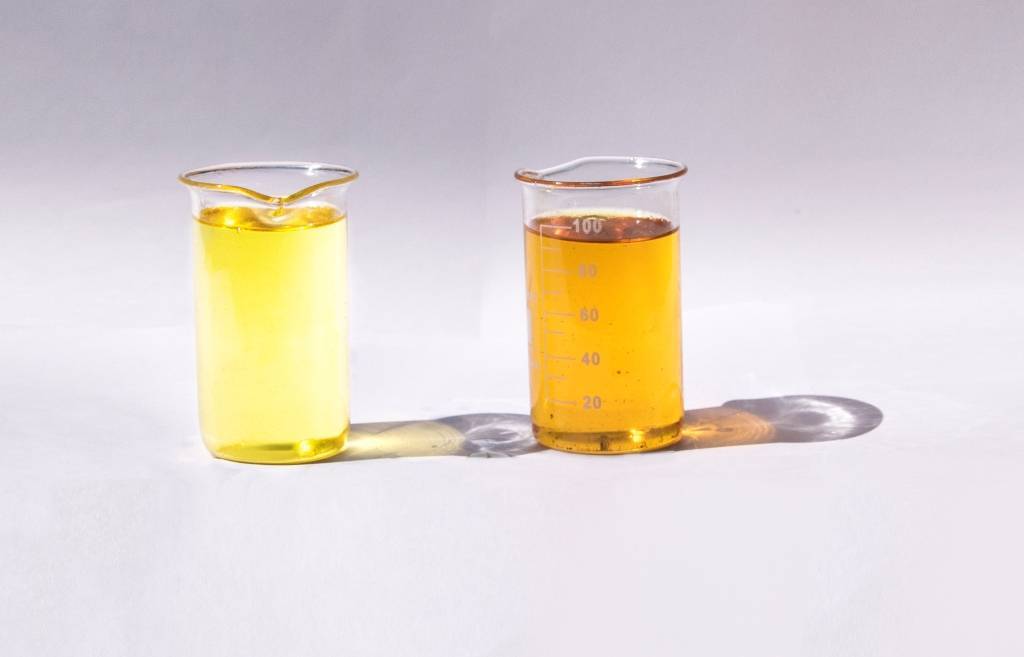Transformer oil is intended for insulation of energized parts of power transformers from deenergized elements, as well as for heat transfer to cooling systems. This product is used in many transformers, although some may also use the so-called synthetic oil. There are also transformers operating without oil.
Transformer oil is produced by purification of crude oil materials, and it consists of different hydrocarbons: paraffin, naphthenic and aromatic.
Paraffin and naphthenic hydrocarbons are more stable and saturated, but they also have different structures and properties. Aromatic hydrocarbons are unsaturated and less stable, but they feature high chemical activity.
Each individual grade of transformer oil has its proportion of hydrocarbons. To improve the stability to oxidation, the so-called inhibitors can be added into oils, i.e. substances that slow down oxidation processes when oil comes in contact with atmospheric air, high temperatures, etc.
Transformer operation leads to accumulation of dirt in its insulating oil. Because of the contact with oxygen, it is subjected to oxidation. The presence of impurities increases thickness of insulating fluid, thus increasing its viscosity. As a result, the cooling ability of such power transformer deteriorates, which reduces its reliability.
To prolong insulating oils service life the following rules must be followed:
- Exclude oil contact with the ambient air. This is achieved through the installation of special filters. The devices absorb oxygen and water absorption and remove air.
- Try to avoid overheating of oil.
- Carry out periodic cleaning and drying of oil.
- Use special substances that prevent oxidation, for example, ionol.
Transformer oil properties can be divided into several groups. The physical properties include: weight, viscosity, flash point; electric properties include breakdown voltage and dielectric loss tangent. Sometimes stability against oxidation is referred to as a separate category.
Cleaning of contaminated transformer oil is carried out with the purpose of bringing it to working condition. If the process has been carried out efficiently, the insulating liquid regains its transparent color as well as other performance characteristics. In the case of light pollution, mechanical methods of cleaning are used. Otherwise it is necessary to resort to thermophysical, chemical and physicochemical methods. The highest quality of cleaning is achieved by combining these approaches.
GlobeCore offers high-performance transformer oil treatment plants, operating both on the basis of well known approaches to insulating liquid treatment, as well as the innovations of our design department. GlobeCore technology allows removing mechanical impurities, gas and water form transformer oil, which makes it possible to recover its operating parameters to normal levels. This helps to save money on purchase of fresh oil and waste oil management, reduces storage space needed for storage of waste oil, as well as increases the reliability of power transformers.



